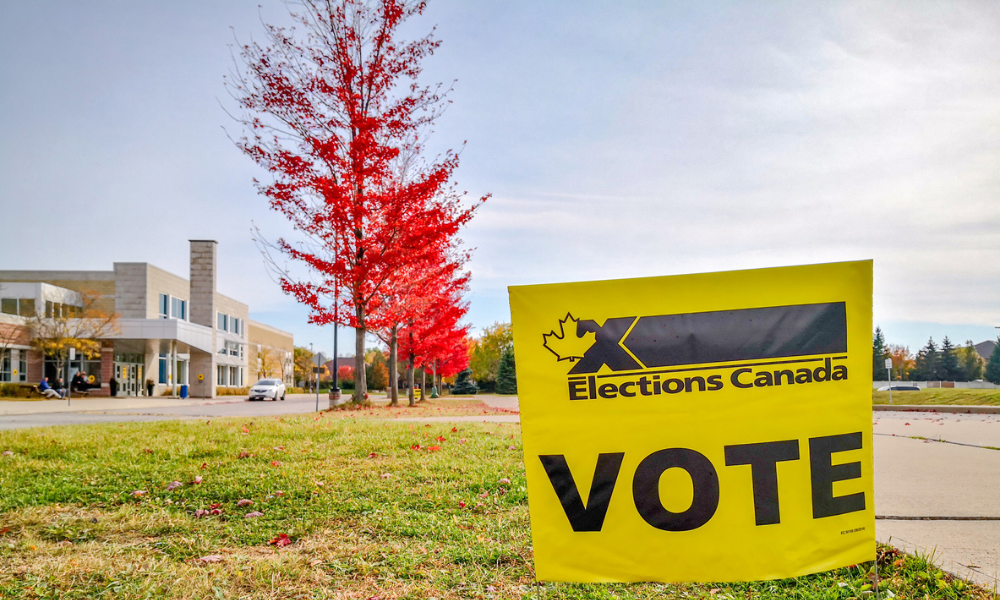Strategic vision for 2020-2024 confirms digital economy as key area for enforcement

When the Competition Bureau released its strategic vision for 2020-2024 last winter, it confirmed what it had already started prioritizing: the digital economy will be a key area for enforcement.
In a submission to the Government of Ontario on Ontario's data strategy in November, the Competition Bureau noted that the digital marketplace was the fastest growing sector of Canada's economy, having grown nearly 40 per cent faster than any other sector since 2010 and now representing a larger portion of GDP than mining and oil.
In its vision statement, Competition in the digital age, the Bureau committed to hosting an annual Digital Enforcement Summit to bring together domestic and foreign partners to discuss the challenges and opportunities for competition enforcement in the digital age. It has also opened a Digital Enforcement Office to provide specialized technological assistance to support the Bureau’s work.
Most Read
Commissioner of Competition Matthew Boswell, in his current role since March 2019 but at the Bureau since 2011, had previously communicated prioritizing digital, says Anthony Baldanza, a partner at Fasken Martineau DuMoulin LLP in Toronto.
“This statement, the current one, emphasizes to a considerably greater degree enforcement capabilities, and considerably less through education and advocacy,” says Baldanza. This isn’t altogether surprising, he says, as the commissioner is a former Crown attorney, a law enforcer with a litigation background.
In the vision statement Boswell identifies sectors that are a special focus for enforcement: online marketing, telecommunications, financial services, health and infrastructure. Most had already been Bureau priorities, says Baldanza.
“But the Commissioner also states that he'll invest in enforcement capability through technology and people. Last year he appointed a chief digital enforcement officer and he’s now expanding that to an office.”
Another enforcement-related initiative is that the Bureau has re-established the merger notification unit to become the merger intelligence and notification unit,” Baldanza adds. “They are focussing not only on notifiable mergers, but also on smaller, non-notifiable mergers, particularly in the digital world.”
Fasken counsel Chris Margison notes an increased enforcement in the online area generally, including drip-pricing cases, such those involving StubHub and Ticketmaster, as well as in other areas related to deceptive marketing practices.
“We’ve also seen increased enforcement in the merger area, including cases involving software, scrap metal and grain handling,” Margison says.
“The Commissioner is clearly backing up his words with action.”
One implication of this is that “size doesn't matter,” Margison says. “If all or part of a transaction raises concerns, it’s fair game for the Bureau.”
This is evidenced by the Commissioner’s recent decision to challenge Parrish & Heimbecker, Limited’s acquisition of a single primary grain elevator from Louis Dreyfus, which was part of a larger transaction. The Bureau alleges that the acquisition would give P&H a monopoly in the marketplace, resulting in higher grain storage prices for farmers in the area of Virden, Manitoba.
Usually, smaller transactions don’t have material anticompetitive effects, says Baldanza. “But the Bureau is particularly sensitive to acquisitions in the tech industry that might pre-empt emerging competitors. And companies in all industries should be mindful of competition law risks, regardless of a transaction’s size.”
Deceptive marketing in the online world is also a Bureau focus, he notes. For example, where there are testimonies about the merits of online products or services the Bureau now expects disclosure of any compensation received by the person offering testimony.
“The elephant in the room is the budget,” Baldanza adds. “The Bureau evinces great ambitions in its statement, but tackling the digital world [and] enforcement is very expensive.” The Bureau’s budget was $49.6 million in 2017-2018, and $52.5 million in 2018-2019, he says; “and we haven't seen the numbers for 2019-2020, but have understood that the budget either went down or stayed flat.
“So the limit of resources is going to inevitably constrain what the Bureau can accomplish,” in part because the digital world is much more expensive to investigate, understand, and where appropriate take enforcement action, Baldanza says.
Owing to resource constraints, it may be that the Competition Bureau steps back and relies on other agencies, such as in the United States and Europe, to tackle the larger competition issues related to the tech giants, says Margison -- whether or not Facebook should be broken up, for example.
“I think the Bureau will probably take a wait-and-see approach.”
As for what companies should do, “it is probably time for businesses to have a look at their compliance materials, to make sure that they're up-to-date and that they’re still meaningful in today's digital economy,” Margison says.










